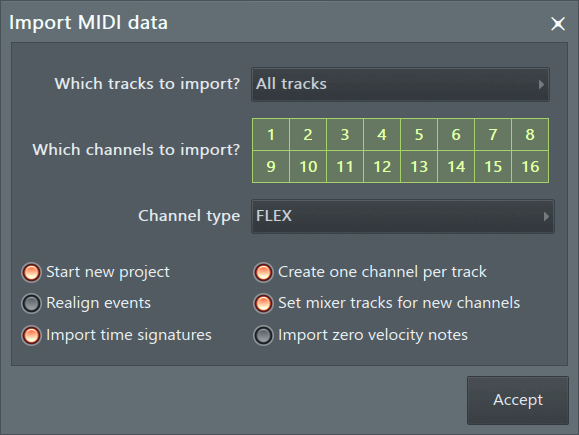

And now with the Sound Library, you can choose and download more free instrument and loop packs when new sounds are released, to help you easily craft songs in your favorite styles - all right from your iPhone, iPad, or iPod touch. Tap into a wide range of instruments from around the world. GarageBand for iOS makes it incredibly simple to play, record, and share your music, no matter where you are. Align the left edge of the file with the bar or beat (on the ruler) where you want it to start playing. Touch and hold the file, then drag it from the Slide Over window to Tracks view.

If the file is in iCloud Drive, tap the Download button to download it before importing. Locate the audio or MIDI file you want to import. In the Dock, touch and hold the Files app, drag it towards the upper-right corner of the screen, then let go. Swipe up twice from the bottom edge of the screen. Import audio and MIDI files using Slide Over Tap “Browse items from the Files app,” then locate and tap an audio or MIDI file to import it. Tap the Tracks View button to open Tracks view, tap the Loop Browser button in the control bar, then tap Files. Set the current song section to Automatic to import the entire audio or MIDI file otherwise, only the portion of the file that fits the current song section is imported.Īfter importing the file, you can make the song section longer, then resize the region so that more of it plays. Import audio and MIDI files with the Files app You can make the song section longer or slow down the tempo, then resize the region so that more of it plays. Align the left edge of the file with the bar or beat (on the ruler) where you want it to start playing.Ī new region created from the audio or MIDI file is trimmed to the end of the current song section, unless the current song section is set to Automatic. You can control the preview volume with the slider at the bottom of the list.ĭrag an audio or MIDI file from the list to Tracks view. To preview an audio file, tap it in the list. The files are moved to the GarageBand File Transfer folder. Tap the Tracks View button to open Tracks view, then tap the Loop Browser button in the control bar.Ī message appears asking if you want to move the audio or MIDI files to the GarageBand File Transfer folder. In GarageBand on your iPad, set the current song section to Automatic to import the entire audio or MIDI file otherwise, only the portion of the file that fits the current song section is imported.Īfter importing the audio or MIDI file, you can make the song section longer, then resize the region so more of it plays. On your computer, add the audio or MIDI files you want to import to the GarageBand File Sharing area in the Finder. Import audio and MIDI files from your computer You cannot add multitrack MIDI files to cells in Live Loops. The total number of resulting tracks cannot exceed 32 tracks. When you import a multitrack MIDI file, GarageBand creates a new Keyboard track for each track in the MIDI file. Importing audio files in GarageBand: why do that? Note: this is an updated version of a post that was published in 2016.The GarageBand app on iPad and the operating system have had some changes since then, so this article is applicable to GarageBand on iOS 11 and later. Imported audio files don’t follow tempo changes you make in GarageBand. When you import an audio file, it’s converted to a 44.1 kHz sample rate, 16-bit depth format if the original format is different. MIDI files to an existing Keyboard or Drums trackĪudio or MIDI files to your song from iCloud Drive or your iPad using the Files app You can add:Īudio files to an existing Audio Recorder or Amp track You can import audio and MIDI files from your computer and use them in your GarageBand song.


 0 kommentar(er)
0 kommentar(er)
